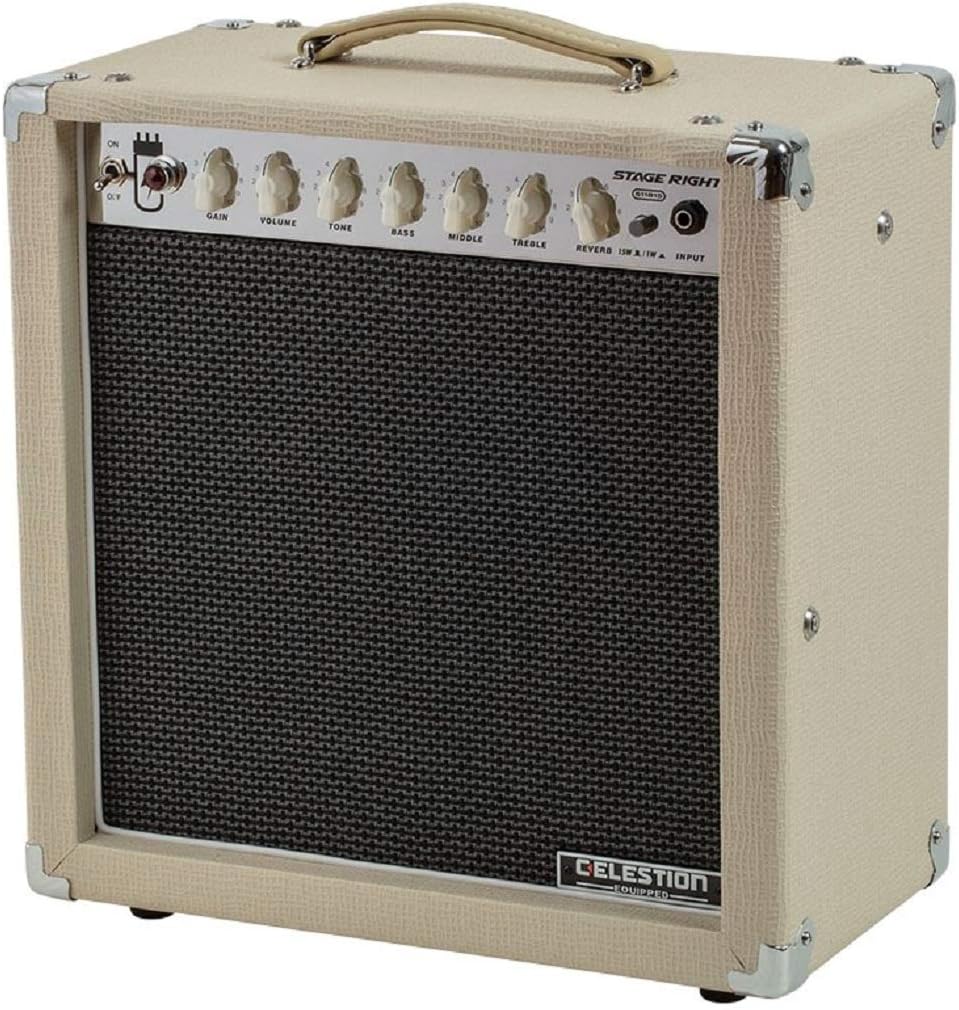Electric Guitar Amplifiers Preamps
Reviews in that Category
Electric guitar amplifiers and preamps are essential components in the world of electric guitar and bass amplification, shaping the tone and volume of the instruments. Here's what you need to know:
Purpose: Electric guitar amplifiers and preamps are designed to take the low-level electrical signal generated by an electric guitar or bass and amplify it to a level that can drive a speaker to produce sound. They also play a significant role in shaping the instrument's tone.
Amplifier Types: There are various types of guitar amplifiers, including tube (valve), solid-state, and digital modeling amplifiers. Each type has its unique characteristics and tonal qualities. Tube amps are known for their warm, vintage sound, while solid-state amps are often more reliable and lightweight.Digital modeling amps simulate the sound of various amplifier and speaker combinations.
Preamp Section: In an amplifier, the preamp section is responsible for amplifying the initial, weak signal from the guitar. It often includes tone controls like bass, midrange, and treble, as well as gain or distortion controls to shape the sound.
Power Amp Section: The power amp section of an amplifier takes the signal from the preamp and amplifies it to a level that can drive the speaker. This section also affects the amplifier's overall tone, especially when pushed to higher volumes.
Speaker: The speaker is a critical component of the amplifier. It converts the amplified electrical signal into audible sound waves. Different speakers can significantly impact the amplifier's tonal characteristics.
Effects Loop: Many amplifiers feature an effects loop, which allows you to connect external effects pedals or processors between the preamp and power amp sections. This can be useful for adding effects like delay, reverb, or modulation.
Combo vs. Head and Cabinet: Amplifiers can come as combos (an all-in-one unit with a built-in speaker) or as separate heads and speaker cabinets. This separation allows for more flexibility in creating your desired sound, as you can mix and match different heads and cabinets.
Wattage: Amplifiers come in various wattages, ranging from small practice amps to powerful stage amplifiers. The wattage determines how loud an amplifier can get and can affect the amp's overall tone, especially when pushed into overdrive.
Channel Switching: Many amplifiers offer multiple channels, allowing you to switch between different preamp settings or gain levels. This is common in amplifiers designed for versatility and playing different music styles.
Tube vs. Solid-State Preamps: Some players use external preamps, which can be either tube or solid-state, to shape their tone before the signal enters the amplifier. Tube preamps are known for their warmth, while solid-state preamps may provide cleaner tones.
Amp Modeling: Digital modeling amplifiers use advanced technology to simulate the sounds of various classic amplifiers and effects. They offer a wide range of tonal possibilities and are popular for their versatility.
Electric guitar amplifiers and preamps play a crucial role in defining the sound of an electric guitar or bass. The choice of amplifier type, wattage, and additional features should align with your musical preferences and performance needs. Experimenting with different combinations of amplifiers, preamps, and effects can help you craft your unique signature tone.



